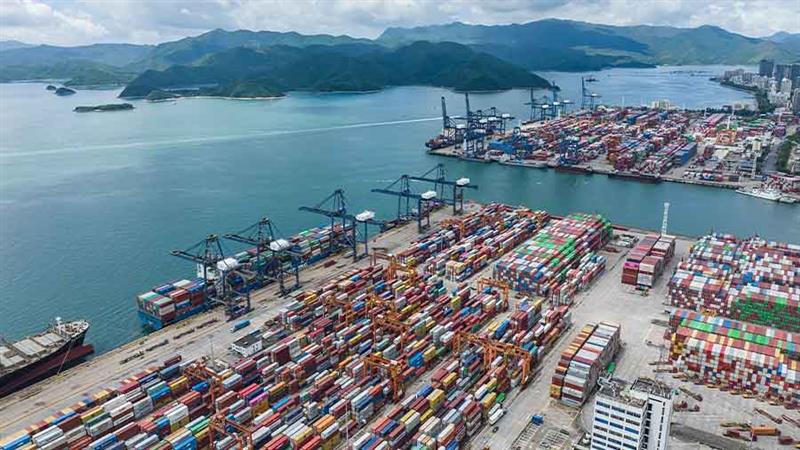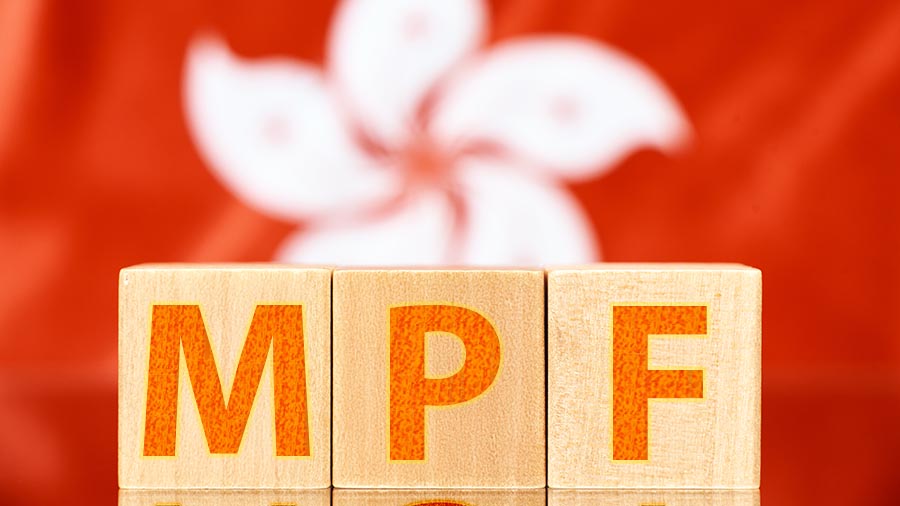Crisis? What Crisis? The IMF Says Asian Growth Will be Zero in 2020. Is This Correct and What are the Implications?
Op/ed by Chris Devonshire-Ellis
Big news today has been a much-quoted statement by the International Monetary Fund (IMF) concerning the likely performance of Asia during 2020 in light of the COVID-19 pandemic. The remarks were made by Chang Yong Rhee, a Director at the IMF’s Asia and Pacific Department, with the take-home point being made as: “Growth in Asia is expected to stall at zero percent in 2020. This is the worst growth performance in almost 60 years.” These are comments that have been picked up and disseminated across the global mainstream media.
Let’s have a deeper look at what was said.
In fact, Rhee’s comments appeared as an opinion piece on what the IMF refers to as a staff blog, here. The IMF themselves state that: “IMFBlog is a forum for the views of the International Monetary Fund (IMF) staff and officials on pressing economic and policy issues of the day. The views expressed are those of the author(s) and do not necessarily represent the views of the IMF and its Executive Board.”
So – one correction then – the comments were not the opinion of the IMF, but those of just one analyst. I am sure that Rhee is a competent economist, however, he does not represent the views of the IMF. Period.
Now let’s look at what he actually said, which readers can view themselves on the link above.
It’s interesting that Rhee mentions Asia, yet really only discusses China, as follows: “China’s growth is projected to decline from 6.1 percent in 2019 to 1.2 percent 2020. This sharply contrasts with China’s growth performance during the Global Financial Crisis, which was little changed at 9.4 percent in 2009 thanks to the important fiscal stimulus of about 8 percent of GDP. We cannot expect that magnitude of stimulus this time, and China won’t help Asia’s growth as it did in 2009.”
But hang on – the headlines stated zero growth. Rhee actually stated that China would grow at 1.2 percent in 2020. Now I understand that is not good, but it is not what was written on the box, which was zero. So, what is to be?
In fact, Rhee’s blog entry – one page only – doesn’t discuss or go into any detail about Asia at all, bar one-word mentions of Australia, Thailand, New Zealand, and the Pacific Island nations in passing, and only in the context of tourism and reduced commodity prices. Rhee then finishes off a rather less than comprehensive article by adding on a bit at the end about what the IMF are doing at this time: “Since the outbreak of COVID-19, we are in continuous contact with the authorities in the region to offer advice and assistance.” In short, Rhee’s brief, one-page article suggesting zero growth in Asia is actually an IMF marketing piece.
I’m sorry, but this is not an article or analysis that in any way can support a treatise that “Asian growth in 2020 will be zero”. Yet, global media picked it up and have presented it as such. It is quite clearly nonsense.
Less nonsensical is the rival Asian Development Bank’s report – which came out last week, suggesting that growth in Asia would in fact be about 2.2 percent. Rather than a one-page blog entry, it is a 391-page, well researched report, and can be downloaded for free here.
To save readers digging through it all, we highlighted what the ADB said about China in 2020 here – indicating a decline to 2.3 percent GDP growth this year and a rebound to 7.3 percent in 2021.
We followed that up with an overview based on ADB’s forecast for ASEAN here (2.2 percent and rebound to 6.2 percent) and for India here (4 percent and 6.2 percent) and on both the maritime and overland routes of China’s Belt and Road Initiative here (both routes show positive growth). And we’ve also had a look at what Fitch and Standard & Poor’s rating agencies have been saying about post-COVID Russian growth (which includes its booming Far East) here (it’s expected to triple from 2019).
To be fair to the hapless IMF blogger Rhee, he did also state that: “Growth in Asia is expected to rebound strongly – more so than during the Global Financial Crisis.”
To summarize, it is apparent that during these strange times, even the IMF can get things a bit wrong – and with a global media all too happy to cherry pick sound bites over what was actually said, do so under dubious authority and out of context.
In short, China and Asia, will be fine in 2020, with growth about 2.2 percent across the board this year, which is understandable given the circumstances. Next year, bar any other black swan events, growth should be back to about 6-7 percent. That sounds like a great opportunity to look at China and other Asian growth investments this year, to capitalize on what can be expected to happen next.
Related Reading
About Us
Chris Devonshire-Ellis is the Chairman and Founding Partner of Dezan Shira & Associates and has been advising foreign investors into Asia since 1992. The firm has offices throughout China, the ASEAN nations, India and representative offices in Europe, the United States, Russia, and South America. Please contact the practice at asia@dezshira.com or visit www.dezshira.com.
- Previous Article Hong Kong Unveils Anti-Epidemic Fund 2.0: Support for Businesses, Job Retention
- Next Article China wird 2021 die Produktion wieder aufnehmen, die USA und die EU stoßen auf einen trägen COVID-19-Rückschlag
























